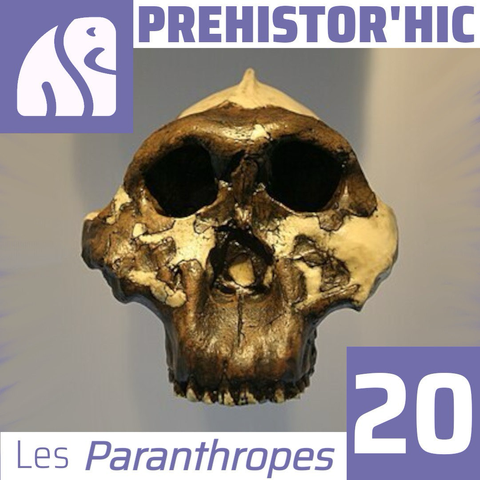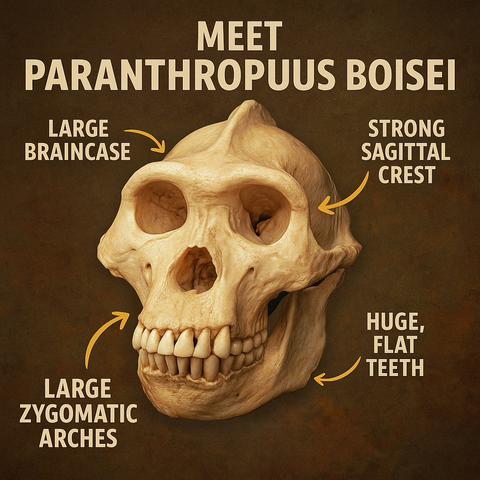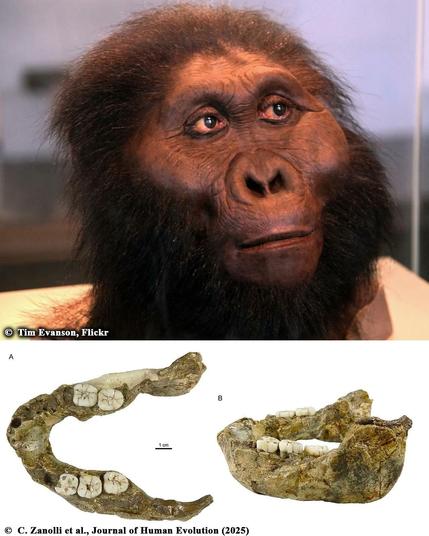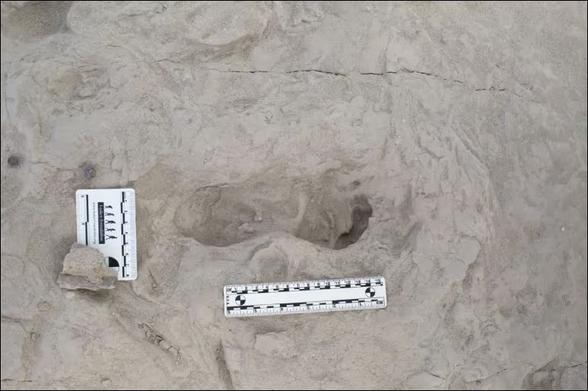Two million years ago, there were three hominin genera -- #Australopithecus, #Paranthropus, and early #Homo -- living in the same place at the same time. I think about that a lot.
I asked #ChatGPT to write me a poem about it, and ... I kind of freaking love it.
Two figures stand alone
In the early morning light
Each one curious
One, an ancient ape
With a face of fur and stone
The other, taller
But both share a gaze
Of wonder and amazement
At the other's form
They are not alone
In this wild and dangerous land
But for now, they stand
In awe of each other
Two species, side by side
A moment of peace.



